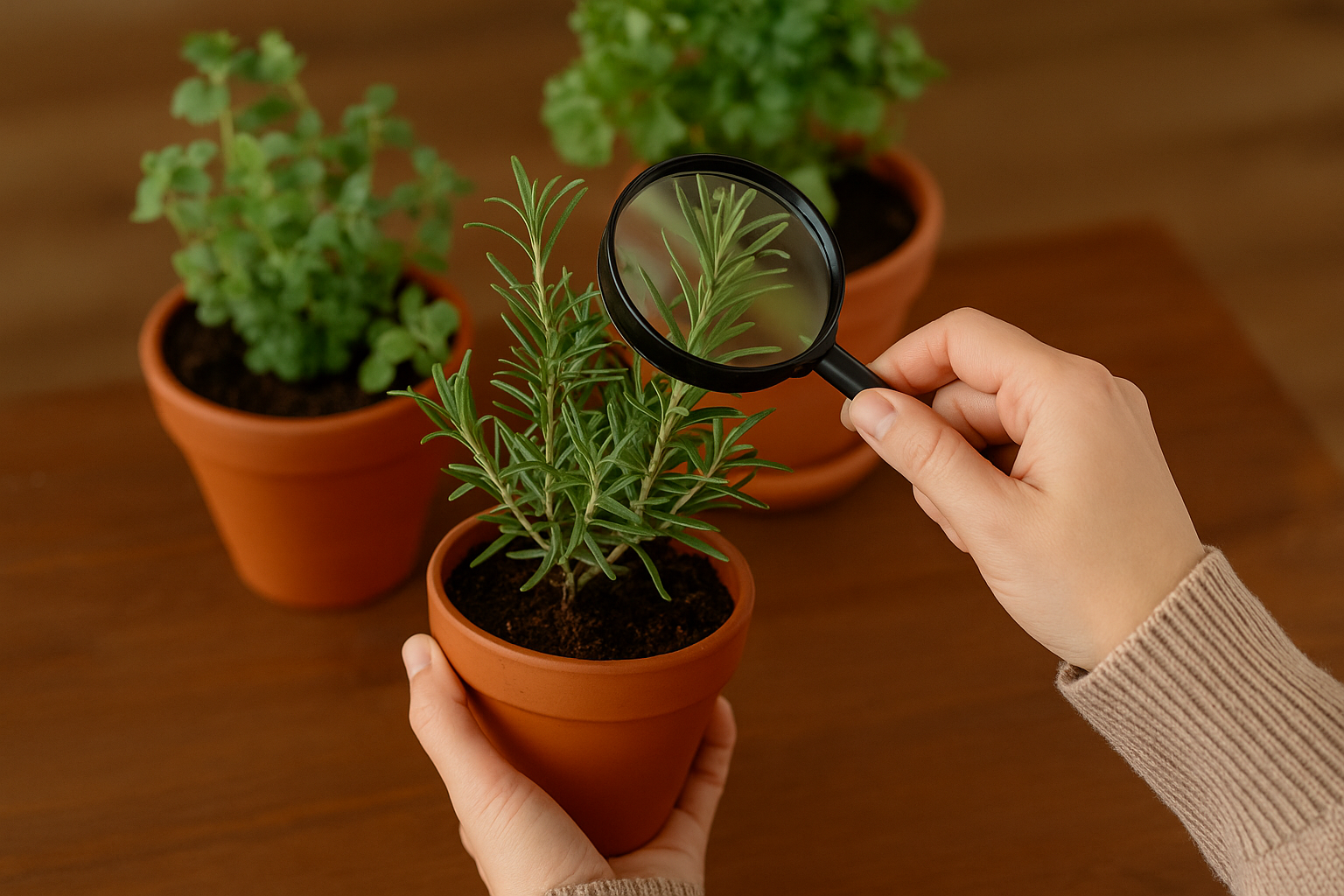Southern Brazil is a region with deep cultural roots and a unique connection to nature. One of its greatest treasures is the variety of traditional herbs used by Gaúcho communities.
These plants are not only valued for their medicinal and aromatic qualities but also carry symbolic meaning passed down through generations.
Learning to identify Gaúcho herbs at home is more than a practical skill. It is an invitation to connect with traditions, discover natural fragrances, and explore sustainable ways to bring wellness into everyday life.
In this guide, you will learn how to recognize some of the most iconic herbs and understand their cultural importance.
Why Identifying Gaúcho Herbs Matters
Identifying herbs correctly ensures their safe use and keeps traditional knowledge alive. For centuries, Gaúchos have relied on plants for teas, remedies, and natural scents.
Recognizing herbs by their leaves, flowers, stems, and aromas allows you to explore their full potential.
This process is not just botanical. It is cultural. Every herb tells a story, and every aroma connects you with the identity of the Pampas.
Observing Key Features of Gaúcho Herbs
1. Color and Shape of Leaves
The first step is to pay attention to the color, size, and shape of the leaves. Some herbs have narrow leaves, while others are broader or covered in tiny hairs. These visual markers are crucial for recognition.
2. Stems and Growth Patterns
Certain herbs, like carqueja, are known for their distinctive stems. Observing whether a plant grows upright, spreads across the ground, or forms small clusters will help distinguish them.
3. Aroma as a Signature
Perhaps the most reliable way to identify Gaúcho herbs is through smell. Rubbing a leaf gently between your fingers releases a fragrance that is often stronger than the visual cues. Scents can be sweet, bitter, minty, or earthy.
4. Seasonal Clues
Some herbs are best recognized during specific times of the year. Marcela, for example, is traditionally harvested on Good Friday, making seasonality a key factor in identification.
Iconic Gaúcho Herbs to Recognize
Marcela
Marcela (Achyrocline satureioides) is one of the most symbolic herbs in Gaúcho tradition. It produces small golden-yellow flowers with a sweet fragrance. Families gather marcela during Easter, believing the plant carries stronger healing properties at that time. Its calming scent makes it a favorite for teas and natural sachets.
Carqueja
Carqueja (Baccharis trimera) stands out for its segmented stems that look like flat green blades. It has a distinct bitter smell and is widely used for digestive support. Even without colorful flowers, its structure makes it easy to recognize.
Alecrim do Campo
Wild rosemary, or Alecrim do Campo, has thin needle-like leaves and a refreshing aroma. Although different from culinary rosemary, its fragrance is stimulating and linked to mental clarity. Crushing its leaves releases a sharp herbal note.
Guaco
Guaco (Mikania glomerata) is known for its larger light-green leaves and sweet herbal scent. It has long been used for respiratory relief and is often grown near homes as both remedy and symbol of protection.
Boldinho
Boldinho (Plectranthus barbatus) can be identified by its oval, hairy leaves and mint-like aroma. It is often prepared as a digestive tea and used in sachets to perfume rooms. The refreshing scent makes it a popular household herb.
Sálvia Branca
White sage, or Sálvia Branca, has gray-green leaves and an intense smoky fragrance. It is often used in purification rituals and represents renewal and spiritual cleansing. Its strong scent sets it apart from other herbs.
Practical Tips to Identify Herbs at Home
Create a Herb Notebook
Keep records of each plant you observe. Draw sketches, describe the aroma, and note where and when it grows. This personal guide will help sharpen your recognition skills over time.
Dry Small Samples
Drying herbs enhances their scent and makes identification easier. Store them in cloth bags and compare them side by side. This method is especially helpful for marcela and boldinho.
Learn from Tradition
Elders in Gaúcho communities often share oral knowledge about herbs. Listening to family stories about plants such as “the one that clears the chest” or “the one that calms the stomach” adds depth to botanical details.
Use All Senses
Do not rely on sight alone. Smell, touch, and even the environment where the herb grows are vital clues. Some herbs thrive in dry fields, while others prefer moist soil.
The Cultural Side of Herb Identification
For Gaúchos, herbs are more than practical remedies. They are cultural symbols tied to rituals, beliefs, and daily practices. Identifying herbs at home becomes a way of keeping this heritage alive. Every scent is a memory, and every plant is a story that connects people to the Pampas.
Safety in Identification
It is important to remember that not all plants that look similar are safe. Some toxic species can be mistaken for herbs. Always cross-check with reliable guides or learn directly from experienced practitioners. Responsible identification ensures both safety and authenticity.
Bringing Gaúcho Herbs Into Modern Life
Even if you live far from Southern Brazil, you can still connect with these herbs. Many are sold in specialized shops or online. By learning to recognize them, you can create teas, sprays, or sachets that bring the essence of Gaúcho tradition into your home.
This practice is not only about wellness but also about sustainability. Using natural herbs reduces dependence on synthetic products and supports ecological awareness.
Conclusion
Identifying traditional Gaúcho herbs at home is an enriching practice that blends cultural knowledge, sensory observation, and natural living. From marcela and carqueja to guaco and sálvia branca, each herb carries a fragrance and a story that ties back to the land of the Pampas.
By observing carefully, respecting tradition, and using all your senses, you can bring the spirit of Southern Brazil into your daily life. More than recognizing plants, you will be preserving a heritage of authenticity and harmony with nature.

Marcela Cardozo is passionate about Southern Brazilian traditions and the cultural stories carried through natural scents. She blends knowledge of native herbs, essential oils, and regional rituals to create practical and inspiring content. Her writing connects ancestral wisdom with modern living, offering readers simple ways to bring authenticity, well-being, and meaning into their everyday lives.
